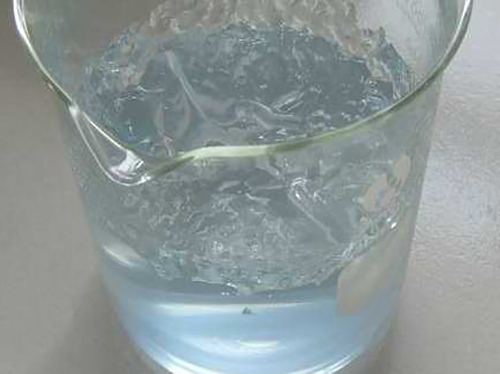Comparison of Flocculants and Coagulants in Water Treatment Processes
The Difference Between Flocculants and Coagulants
In the field of water treatment, both flocculants and coagulants play crucial roles, yet they serve different purposes and work through distinct mechanisms. Understanding the difference between these two substances is essential for the efficient treatment of water and wastewater, particularly in industries such as sewage treatment, mining, and food processing.
Coagulants The First Step in Water Treatment
Coagulants are chemical agents that aid in removing suspended particles from water. Their primary function is to destabilize the colloidal particles, which means they help to aggregate these particles into larger clusters. When water contains tiny particles that are too small to settle out, coagulants introduce positive charges, neutralizing the negative charges that keep these particles suspended. This process enables particles to stick together and form larger aggregates.
Common coagulants include aluminum sulfate (alum), ferric chloride, and polyaluminum chloride, among others. When added to water, coagulants react with the impurities and start the coagulation process within minutes. The result is the formation of a gel-like substance called flocs, which can subsequently settle or be removed through filtration.
Flocculants Facilitating Settling
Once coagulation has taken place, flocculants come into play. Flocculants are typically long-chain polymers that work by bridging and binding the newly formed flocs together, causing them to agglomerate into larger structures. This facilitates easier settling or removal of the particles, enhancing the efficiency of the water treatment process. Flocculants can be either anionic, cationic, or nonionic, depending on their charge and the type of impurities present in the water.
The action of flocculants generally takes longer than that of coagulants, as they require sufficient time to interact with the flocs and promote their growth. The use of flocculants can significantly improve the clarity of water, as they contribute to the rapid settling of the sediment created during the coagulation process.
Key Differences
Understanding the key differences between coagulants and flocculants requires looking at their roles, types, and operational mechanisms.
difference between flocculant and coagulant

2. Chemical Nature Coagulants are typically small inorganic compounds, while flocculants are larger organic polymers. This difference in molecular size is crucial to their functionality.
3. Time of Action Coagulants work quickly, often within minutes, while flocculants may require additional time to facilitate the effective aggregation of flocs.
4. Application Order In a typical water treatment scenario, coagulants are added first to initiate clot formation, followed by flocculants to enhance the settling process of the formed flocs.
Choosing the Right Chemicals
When it comes to selecting the appropriate coagulant or flocculant, several factors must be considered, including the characteristics of the water being treated, the type and amount of impurities present, and the specific goals of the treatment process.
For example, certain waters might require a specific type of coagulant to effectively neutralize the particles present. Likewise, the efficacy of flocculants can be affected by the chemical charges in the water, acidity, and temperature. Therefore, it is crucial to conduct treatability studies before the selection of these agents to ensure optimal performance.
Conclusion
In summary, both coagulants and flocculants are indispensable in the realm of water treatment. Their unique properties and functionalities complement each other, ensuring that water is purified efficiently. While coagulants destabilize and aggregate particles, flocculants assist in forming larger clusters for easy removal. Understanding these differences not only aids in achieving better water quality but also contributes to the sustainable management of water resources globally.
-
Pbtc Scale InhibitorPBTC: A Scale Protector for Industrial Water TreatmentNewsAug.05,2025
-
Organic Phosphonate: An Efficient Defender in the Field of Scale InhibitionNewsAug.05,2025
-
Hydrolyzed Polymaleic Anhydride: Green Pioneer in Scale Inhibition FieldNewsAug.05,2025
-
PAPEMP Polyamino Polyether Methylene Phosphonic Acid For SaleNewsAug.05,2025
-
Flocculant Water Treatment: A Pioneer in Purification in the Field of Water TreatmentNewsAug.05,2025
-
Benzyl Isothiazolinone: An Efficient and Broad-Spectrum Antibacterial Protective GuardNewsAug.05,2025





